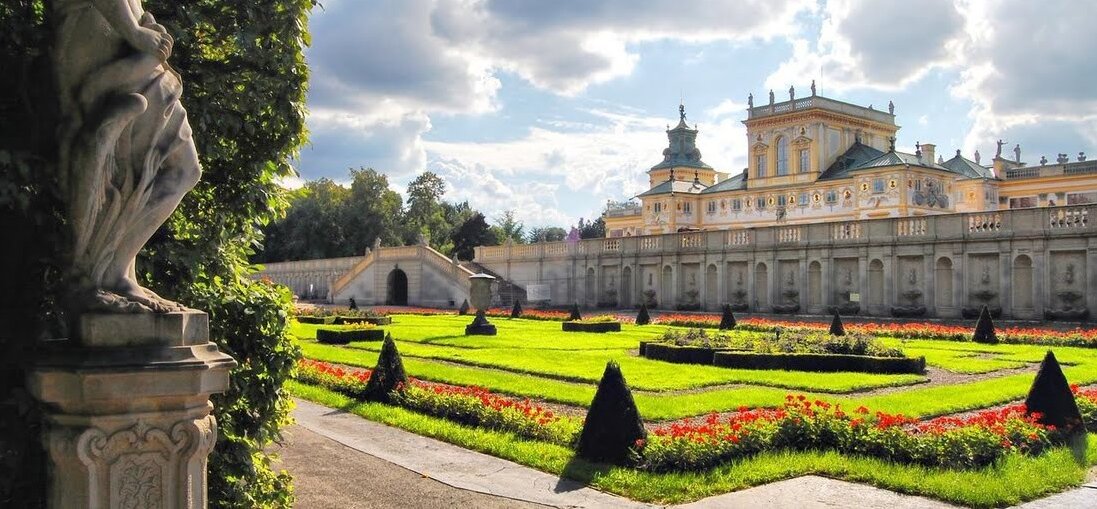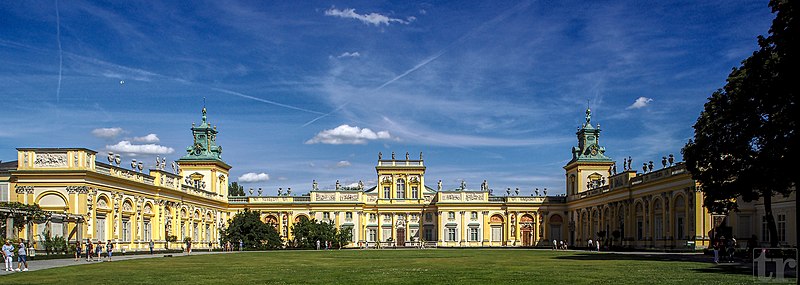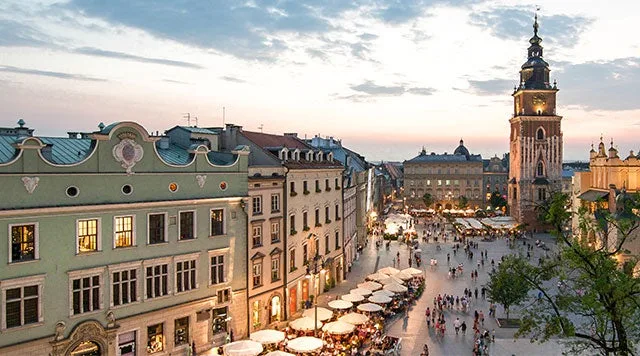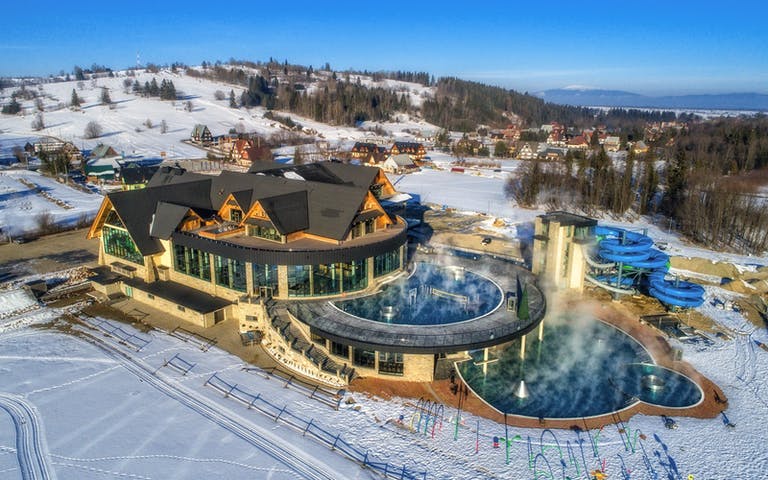
Wilanów Palace
Wilanów Palace is also known as the Palace Museum of King John III. It served as a residence in the 17th century. The building is one of the first to become a private museum in the country. Yet today it is one of the most sought-after in tourist circles. Changes in architecture and design took place right up to the 19th century. It depended on the owners of the building. Today, the overall design is a mixture of several styles, namely classicism, gothic and baroque.
A short history
The foundation of the residence dates back to 1677. The palace was created to house the kings of Rzeczpospolita. The first to occupy it was Jan Sobieski. The construction of the building took almost 2 centuries. Once it was owned by Princess Elizabeth Siniavskaya. It was then inhabited by Augustus II the Strong and his relatives.
Each owner made his or her own adjustments, and that is why the building received so many diverse design elements. The interior in particular was affected. The biggest change was made by Isabella Lubomirska. She was from a noble family, nicknamed the Blue Marquise. She is so called because of the original architectural part she created.
In 1805 the building was taken over by the famous Count Stanislaw Potocki. Under him, the first museum in Poland was established. The development of the enterprise lasted until the beginning of World War II. During the war, many exhibits were stolen or destroyed. After the end of the bloody war, the building was taken over by the state.
In 1962 it began to function again as a branch of the National Museum in Warsaw. It was not until 1995 that it was given the status of an independent museum. But the condition of the building left much to be desired. The reconstruction started only in the 2000s.

Characteristics of the palace
The main style evident in the building is Classicism. Its basic elements are noticeable everywhere. The palace itself is built in the shape of the letter U and has 2 floors. It has several towers, and the facade is decorated with a complex of bas-reliefs, including images of Polish rulers.
There are original statues on the roof. The walls are white, but have yellow elements. The palace has several outbuildings. It is possible to see a number of rooms, among which are:
- the white room;
- King Jan III’s apartment;
- Apartments of Queen Maria Kazimiera;
- Potocki Museum;
- Warehouse Gallery;
- Living rooms;
- Farfur Cabinet;
- Rooms with European ceramics and stacks;
- Chinese Rooms;
- Hunting Rooms, etc.
Each room features original design elements. Each one refers to a specific culture or style. In addition, the palace has a park complex. Its area is about 45 hectares. For the sake of convenience, it is divided into zones, namely:
- baroque garden;
- front garden;
- a rose garden;
- greenhouse;
- courtyard;
- North and South Park;
- Moricin Nature Reserve.
Decorations include a village, flowerbeds and incredible shrubs. Architectural creations and sculptures are also present.
Popular articles
-
 Exploring Stare Miasto: A Journey Through Time
Exploring Stare Miasto: A Journey Through TimeStare Miasto, the ‘Old Town’ of many Central European cities, …
-
 Explore Poland’s Wonders: The Slowinski Sand Dunes Experience
Explore Poland’s Wonders: The Slowinski Sand Dunes ExperienceEmbark on a journey to the Slowinski Sand Dunes, one …
-
 Discover Zakopane: Poland’s Mountain Paradise
Discover Zakopane: Poland’s Mountain ParadiseEmbark on a journey to Zakopane, the heart of Poland’s …
